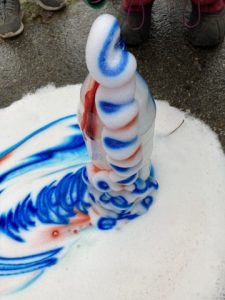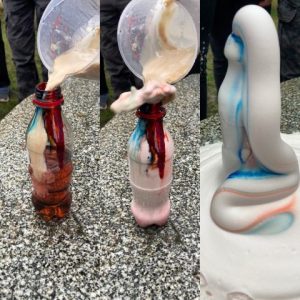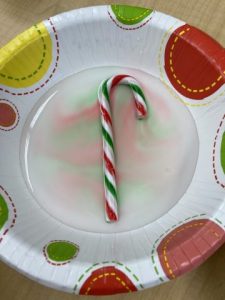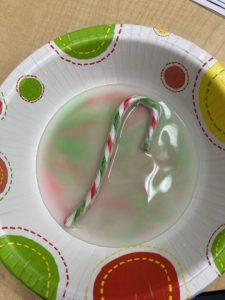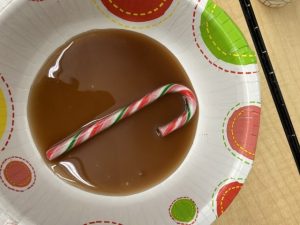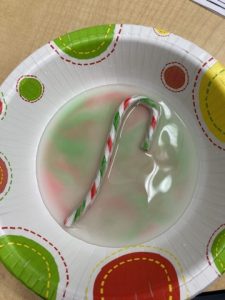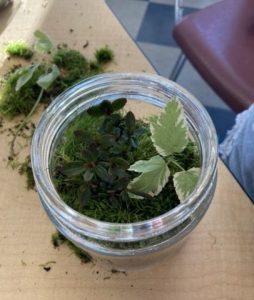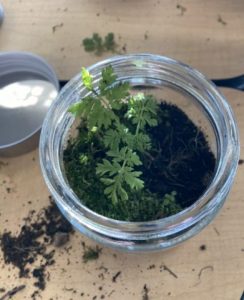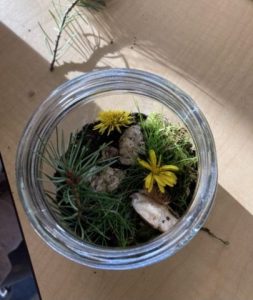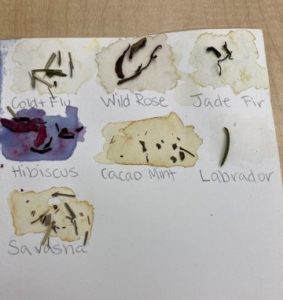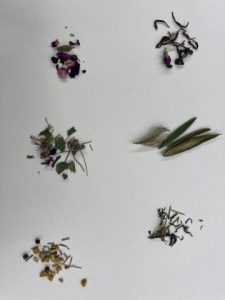Hello, historians! Our class has been investigating the mysterious fate of the ‘unsinkable’ ship… the RMS Titanic. So far, we have examined the lack of lifeboats, the treatment of 1st class and 3rd class passengers, and some of the engineering feats and flaws of the ship.
Tomorrow, we will begin to explore some of the main people involved in the Titanic (and her untimely tragedy).
Feel free to refresh your memory or share what you’ve learned by clicking on our PowerPoint below!

